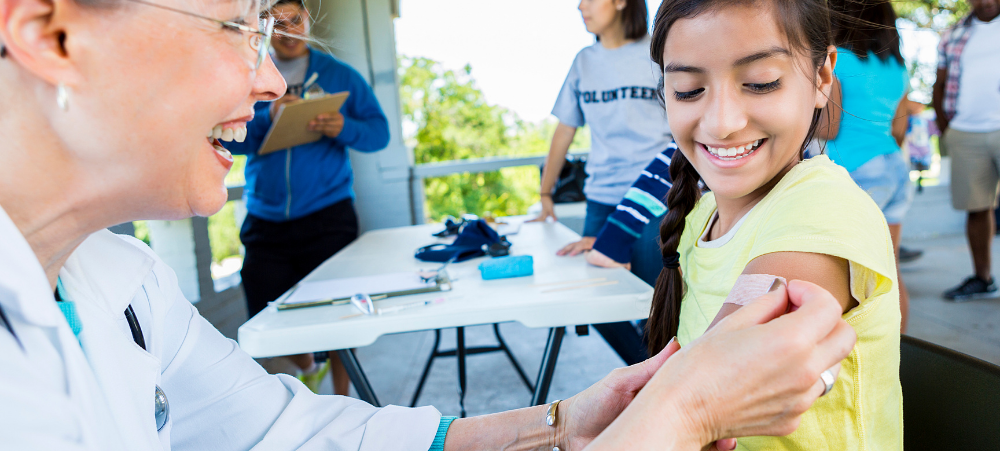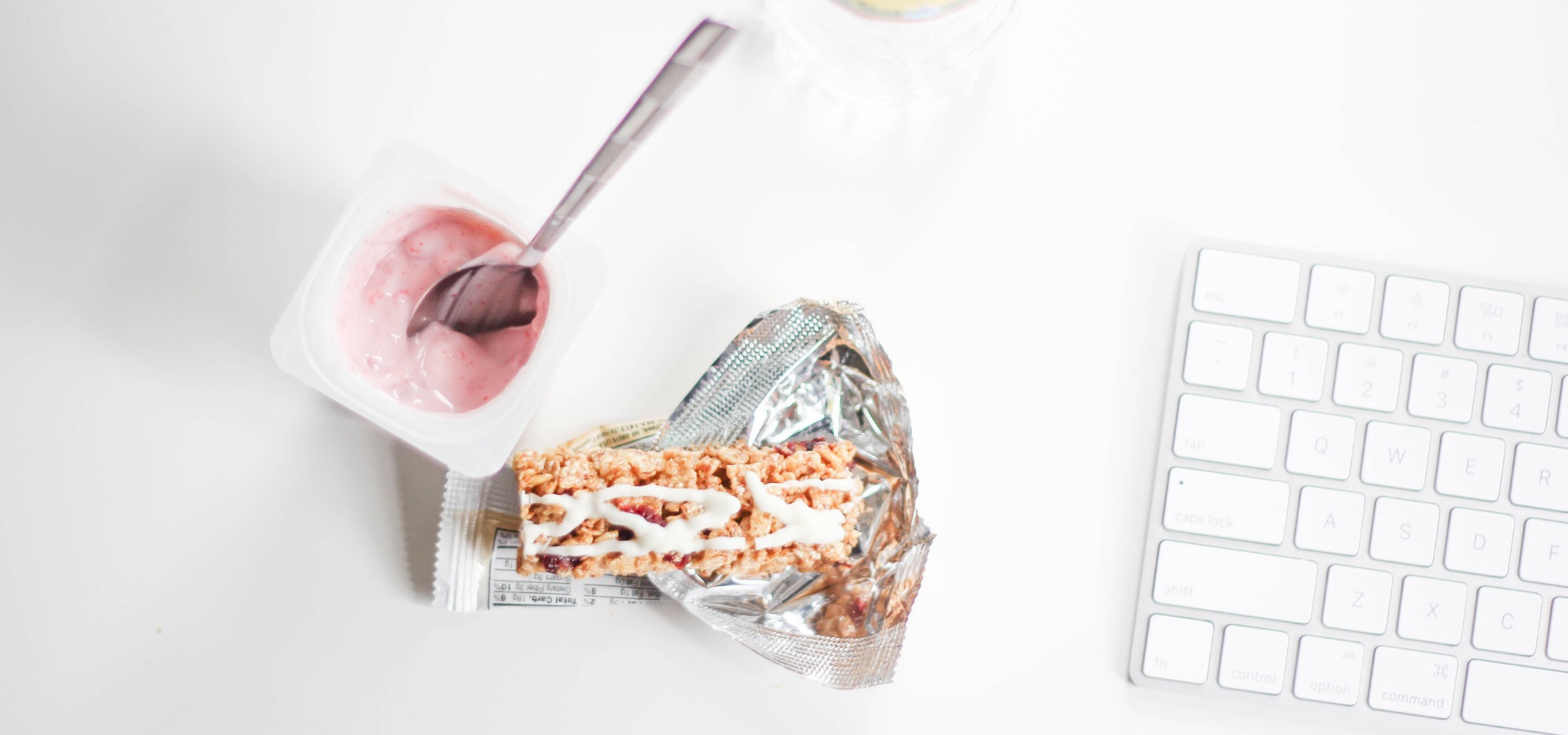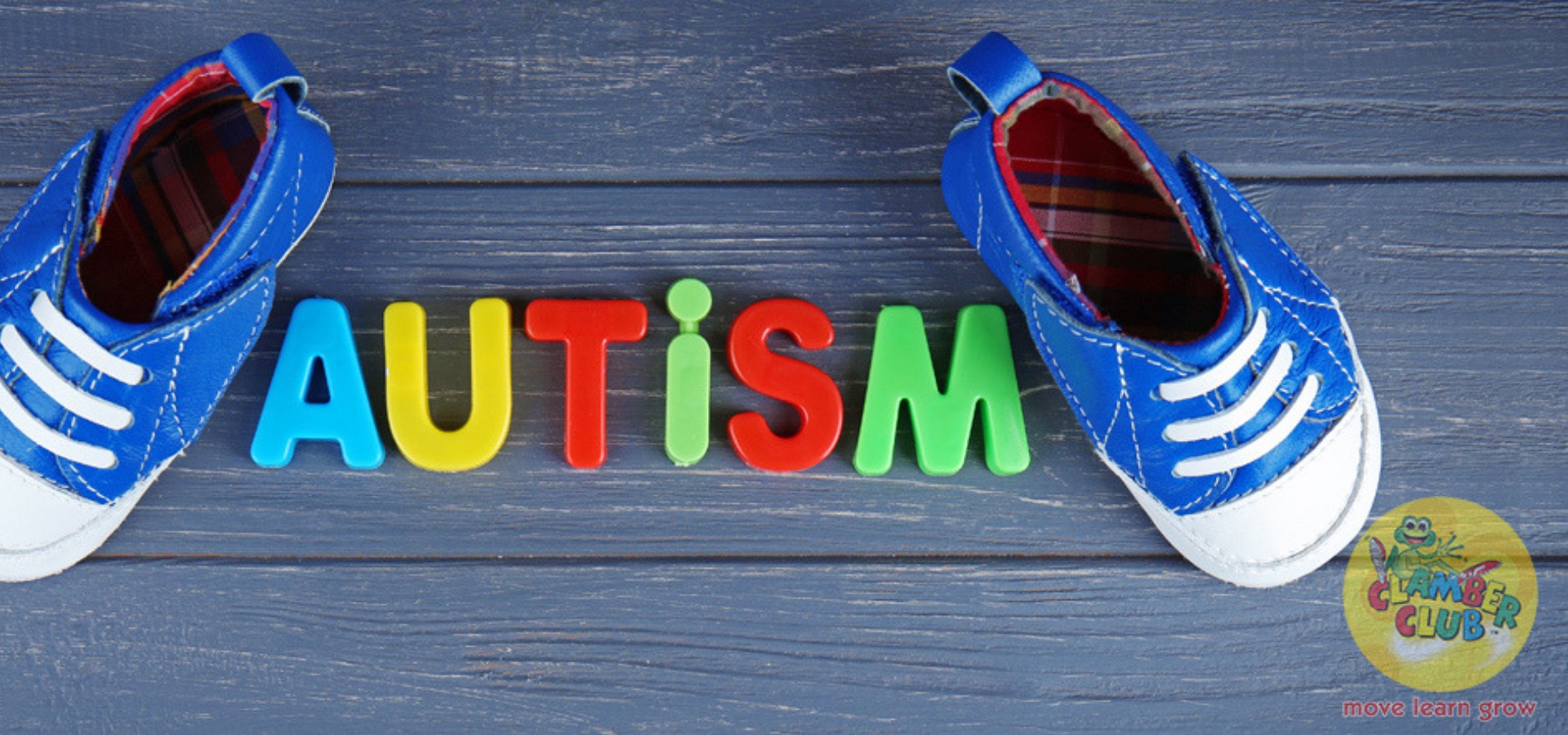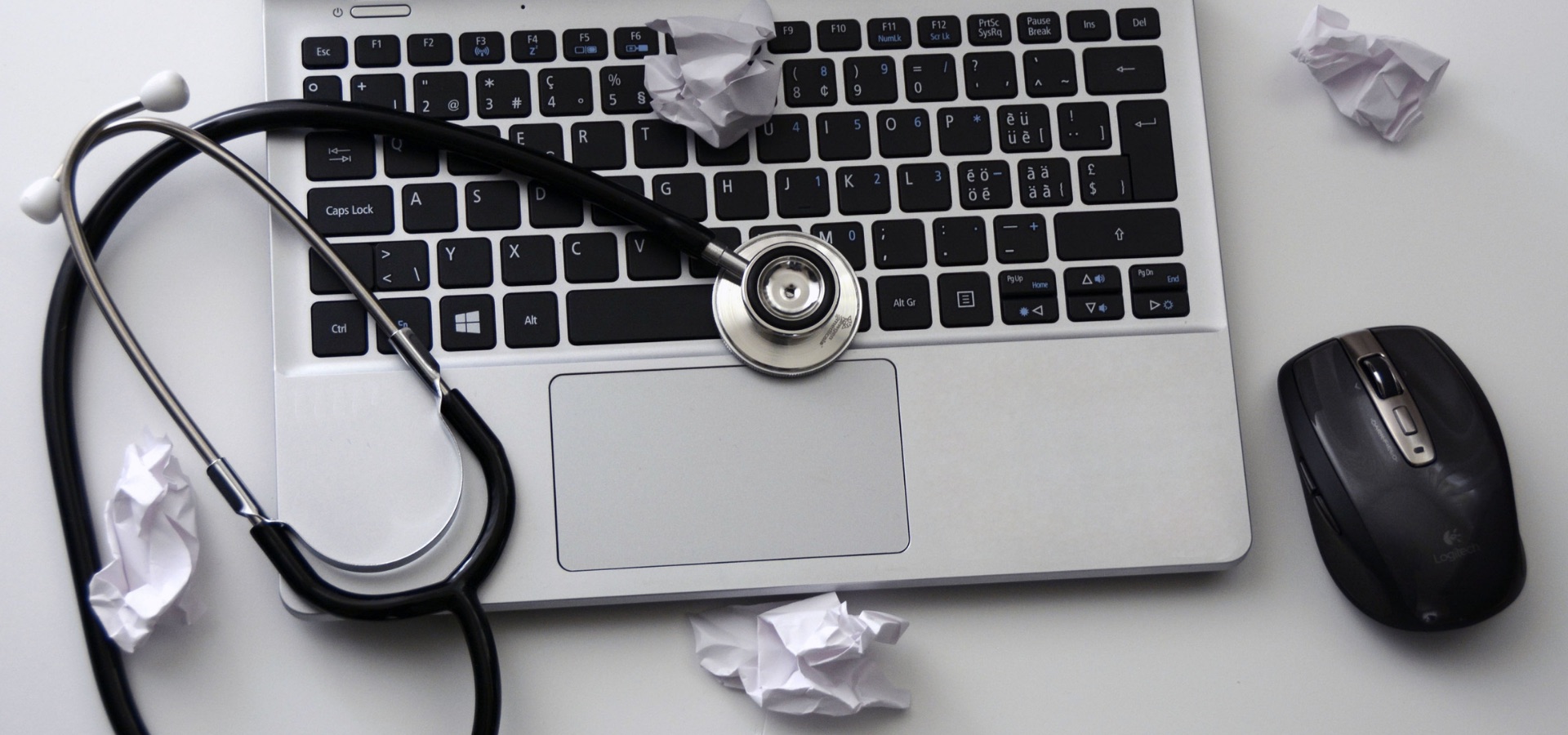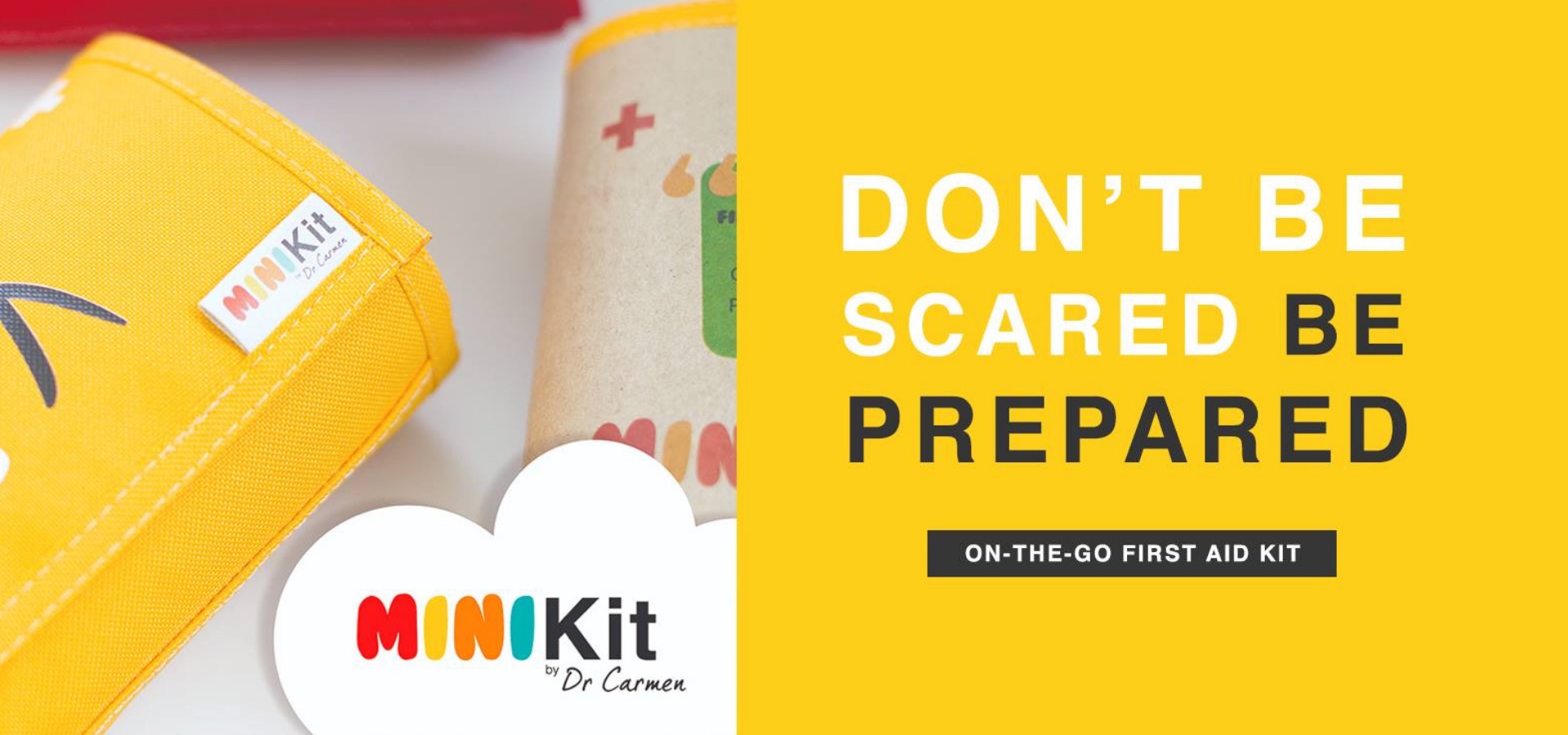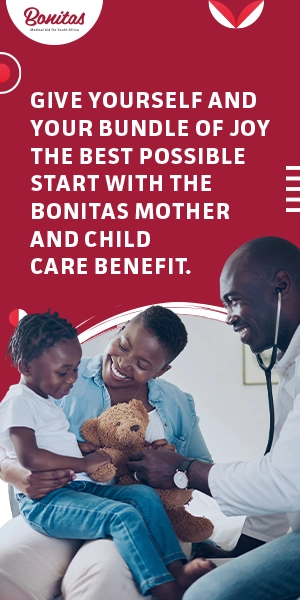
Boosting your immune system
The global pandemic has highlighted more than ever the need to stay healthy and keep our immune systems as strong as possible. It is well documented that people with co-morbidities and poorly functioning immune systems are at the highest risk of getting really ill from Covid-19. Although you cannot suddenly reverse a co-morbidity or instantly boost your immune system, now is a good time to make your health and natural defences a priority. Dr Morgan Mkhatshwa, Head of Operations at Bonitas Medical Fund offers some input as to how to boost our immune system and keep it that way. What is the immune system? The immune system is a complex network of cells and proteins that defend the body against infection. It also keeps a record of every germ (microbe) it has ever defeated, so it can recognise and destroy the microbe quickly if it enters the body again. Dr Mkhatshwa stresses the fact that Covid-19 is a novel (new) pathogen which means our bodies don’t have any existing antibodies to mount a defence. For that reason, it remains imperative to continue wearing masks and practising social distancing, hand hygiene and cough etiquette. Can over-the-counter vitamins and supplements help? There is no magic pill that will instantly boost your immune system. However, together with a healthy lifestyle habits, various supplements can boost your immune system and give you a fighting chance. What are considered useful vitamins and supplements to take? The recommendation for general health is a combination of 5 essential vitamins and minerals to keep your body healthy. These include: Vitamin C: Supplementing with Vitamin C has been shown to reduce the duration and severity of upper respiratory tract infections, including the common cold. This vitamin can also be found in oranges, grapefruit, broccoli, strawberries, red bell peppers and tomato juice. Vitamin D: Also fights off infections and maintains strong bones. Vitamin D has been highly researched in connection with Covid-19 because of its effect on the immune system. – it is found in salmon, mushrooms, milk, cereals and breads. Studies have shown that Vitamin D can expedite healing and stall inflammation in the respiratory system but there has not been robust clinical evidence to prove its use against Covid-19. Vitamin A:Helps regulate the immune system and protects against infections by keeping your tissues and skin healthy – it can be found in sweet potatoes, carrots, apricots and spinach. Vitamin E: Is an essential antioxidant that helps fight cell damage. Nuts and peanut butter are filled with Vitamin E. Zinc: Works as an antioxidant and boost the metabolism along with healing wounds. Meat, shellfish, beans/legumes and nuts/seeds are high zinc foods. Zinc is needed for immune cell development and communication and plays an important role in inflammatory response. A deficiency in this nutrient significantly affects your immune system’s ability to function properly, resulting in an increased risk of infection and disease. It has also been highly researched in the fight against Covid-19 but sadly has not shown any proven clinical results. Taking a deep breath – the science behind breathing and the immune function Your mental state influences your physical health. Our immune and lymphatic systems are chemical based so we are essentially a collection of chemicals, from our brains to our bones. The air we breathe converts into chemicals that we need to fuel our cells. The way we breathe matters and even impacts our body chemistry. The physiological responses to deep, controlled, mindful breathing is so profound that if we could bottle them and sell them as drugs, they’d be worth a fortune. Learn to exhale, activate your diaphragm, breathe deeply and work on fixing your posture. Simply thinking about better breathing will trigger positive immune responses. Breathing slowly and deeply is one of the most effective things you can do right now for your wellbeing. The immune function and auto-immune disease are complex topics. The state of our health is not black and white, nor can it be affected by one-stop solutions. A holistic approach to health will always win against quick fixes. Once we understand that, improvements in these essential body systems can happen naturally. Will the flu vaccine help your immunity? Flu vaccines have been shown to reduce the risk of influenza illness, hospitalisation and death. Not only will flu vaccinations reduce the risk of getting flu but are an important conservation measure for scarce health care resources. This remains a concern with the ongoing the Covid-19 pandemic. A protective antibody response takes about 2 weeks to develop so should be taken early. The third wave of Covid-19 in South Africa, as predicted by The National Institute for Communicable Diseases (NICD), has begun and Dr Mkhatshwa recommends doing everything you can to boost your immune system, according to your personal preference. In terms of Covid-19, it’s especially important to understand that no supplement, diet or other lifestyle modification, other than social distancing and proper hygiene practices can protect you.








